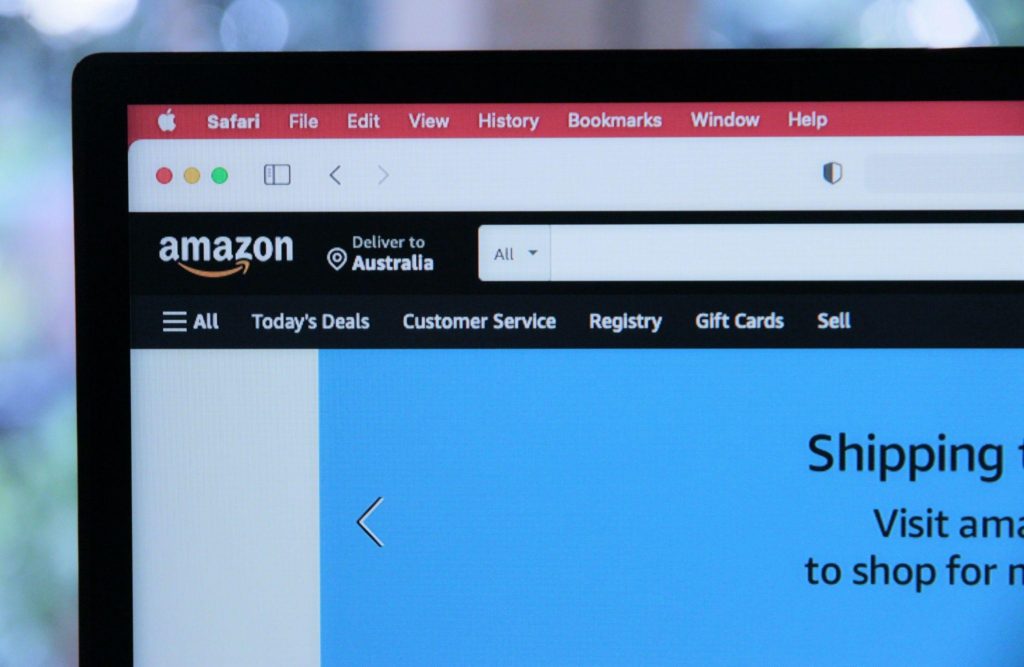In the vast and ever-evolving marketplace of Amazon, strategic planning is not just beneficial; it’s essential for sellers aiming to achieve sustained success. Central to these strategies is the adept use of Amazon price tracking, a tool that has become indispensable in the modern e-commerce arena. This powerful mechanism enables sellers to navigate the competitive landscape with precision, offering the insights needed to make informed pricing decisions that resonate with market dynamics and consumer expectations.
In the realm of optimizing Amazon strategies, integrating advanced tools like the Amazon Product Pricing API can be a game-changer for sellers. By seamlessly incorporating such solutions into their arsenals, sellers gain access to real-time pricing data, empowering them to make agile pricing decisions that align with market dynamics and consumer preferences. This strategic utilization of the Amazon Product Pricing API enhances a seller’s ability to stay competitive, optimize sales performance, and ultimately, achieve sustained success on the platform.
The impact of a well-crafted pricing strategy on a seller’s performance cannot be overstated. It influences visibility, drives customer engagement, and directly affects sales and profitability. By harnessing the capabilities of price tracking, sellers can adapt to market changes swiftly, optimize their pricing, and stay a step ahead of their competitors. In essence, mastering Amazon price tracking is more than a tactical move—it’s a strategic imperative that can significantly dictate the trajectory of a seller’s success on this global platform.
Understanding Amazon Price Tracking

Amazon price tracking is a critical process where sellers continuously monitor the fluctuating prices of products on the Amazon marketplace. This vigilant tracking is pivotal for sellers aiming to maintain competitive pricing, ensuring their listings remain attractive to potential buyers while safeguarding profit margins. In the fast-paced Amazon environment, where prices can change multiple times a day, staying updated with these fluctuations is essential for strategic pricing decisions.
The mechanism of Amazon price tracking typically involves automated tools that can scan the marketplace for current pricing data on similar or identical products. This is where features like automatic pricing Amazon come into play, allowing sellers to adjust their prices in real-time in response to market changes, ensuring they remain competitive without constant manual intervention. The benefits of employing such a system are manifold; it provides sellers with crucial competitive intelligence, enhancing their market awareness and enabling them to respond proactively to price changes by competitors.
By leveraging price tracking, sellers gain a comprehensive understanding of the market landscape, which is invaluable for strategic planning. It helps in identifying pricing trends, understanding consumer behavior, and spotting opportunities for promotions or price adjustments. Ultimately, Amazon price tracking empowers sellers with the data-driven insights necessary to optimize their pricing strategy, improve their market position, and increase their overall sales performance.
Integrating Price Tracking with Business Strategy
Integrating price tracking into the broader business strategy is a game-changer for Amazon sellers. This integration extends beyond mere observation of competitors’ prices; it encompasses a strategic alignment with inventory management, pricing strategies, and marketing initiatives. By embedding price tracking into these key business areas, sellers can ensure their operations are agile, responsive, and aligned with market dynamics.
Real-time data gleaned from price tracking is instrumental in informing dynamic pricing decisions. This agility allows sellers to adjust their prices in response to market fluctuations, competitor moves, or changes in consumer demand, ensuring they remain competitive and profitable. Furthermore, this data can be leveraged to craft timely promotional tactics, aligning marketing campaigns with price adjustments to maximize sales opportunities, especially during peak shopping periods or in response to competitive pressures.
The strategic use of price tracking data also aids in inventory management. By understanding pricing trends and market demand, sellers can make informed decisions about stock levels, potential product expansions, or discontinuations, thereby optimizing their inventory investment and reducing the risk of overstock or stockouts.
Tools and Technologies for Effective Price Tracking
For Amazon sellers, an array of tools and technologies is available to facilitate effective price tracking, ranging from Amazon’s native solutions to sophisticated third-party software. These tools are designed to automate the monitoring process, providing sellers with up-to-date insights into market prices, competitor strategies, and pricing trends.
When selecting a price tracking tool, sellers should consider features that align with their business needs, such as the frequency of price updates, the ability to track prices across multiple competitors, and the integration with their existing sales and inventory management systems. Effective tools should offer actionable insights, enabling sellers to make quick adjustments to their pricing strategies in response to real-time market data.
The best price tracking technologies offer comprehensive analytics, presenting data in an easily digestible format that can inform strategic decisions. They should also be scalable, supporting a seller’s growth and adapting to changing market conditions. By choosing the right tool, Amazon sellers can enhance their strategic approach to pricing, ensuring they are equipped to respond swiftly to the competitive landscape and capitalize on market opportunities.
Leveraging Price Tracking for Competitive Advantage

Utilizing insights from price tracking can significantly bolster a seller’s competitive edge on Amazon. By analyzing these insights, sellers can fine-tune their pricing strategies to be more in line with market expectations, thereby enhancing product visibility and optimizing sales potential. For instance, a seller noticing a trend toward lower prices in their category might adjust their pricing downwards to remain competitive, potentially increasing their sales volume and market share.
Effective price tracking has enabled numerous Amazon sellers to elevate their profitability. A notable example includes sellers who, by responding swiftly to price changes of competitors, have managed to stay at the forefront of pricing trends, thereby attracting more price-conscious customers and boosting their market share. This proactive approach to pricing, informed by continuous price tracking, ensures that sellers can maintain optimal pricing that appeals to consumers and maximizes profit margins.
Best Practices and Tips for Amazon Price Tracking
To maximize the benefits of Amazon price tracking, sellers should adhere to several best practices. Consistently monitoring competitor prices ensures that sellers can quickly respond to any changes, maintaining a competitive edge. Responsiveness to the data gathered from price tracking allows for timely adjustments to pricing strategies, keeping sellers aligned with market trends and consumer expectations. Moreover, strategic analysis of price tracking data can inform broader business decisions, helping sellers to anticipate market shifts and adapt their strategies accordingly.
Conclusion
Amazon price tracking is an indispensable strategy for sellers aiming to thrive in the competitive online marketplace. The insights gained from diligent price tracking empower sellers to make informed decisions, enabling them to adjust their pricing strategies, enhance product visibility, and optimize their sales. By adopting the strategies discussed, sellers can leverage price tracking to not only stay competitive but also to increase their profitability and market share. Embracing these practices will equip Amazon sellers with the tools they need to succeed, ensuring they remain adaptable and responsive to the ever-changing e-commerce landscape.



































